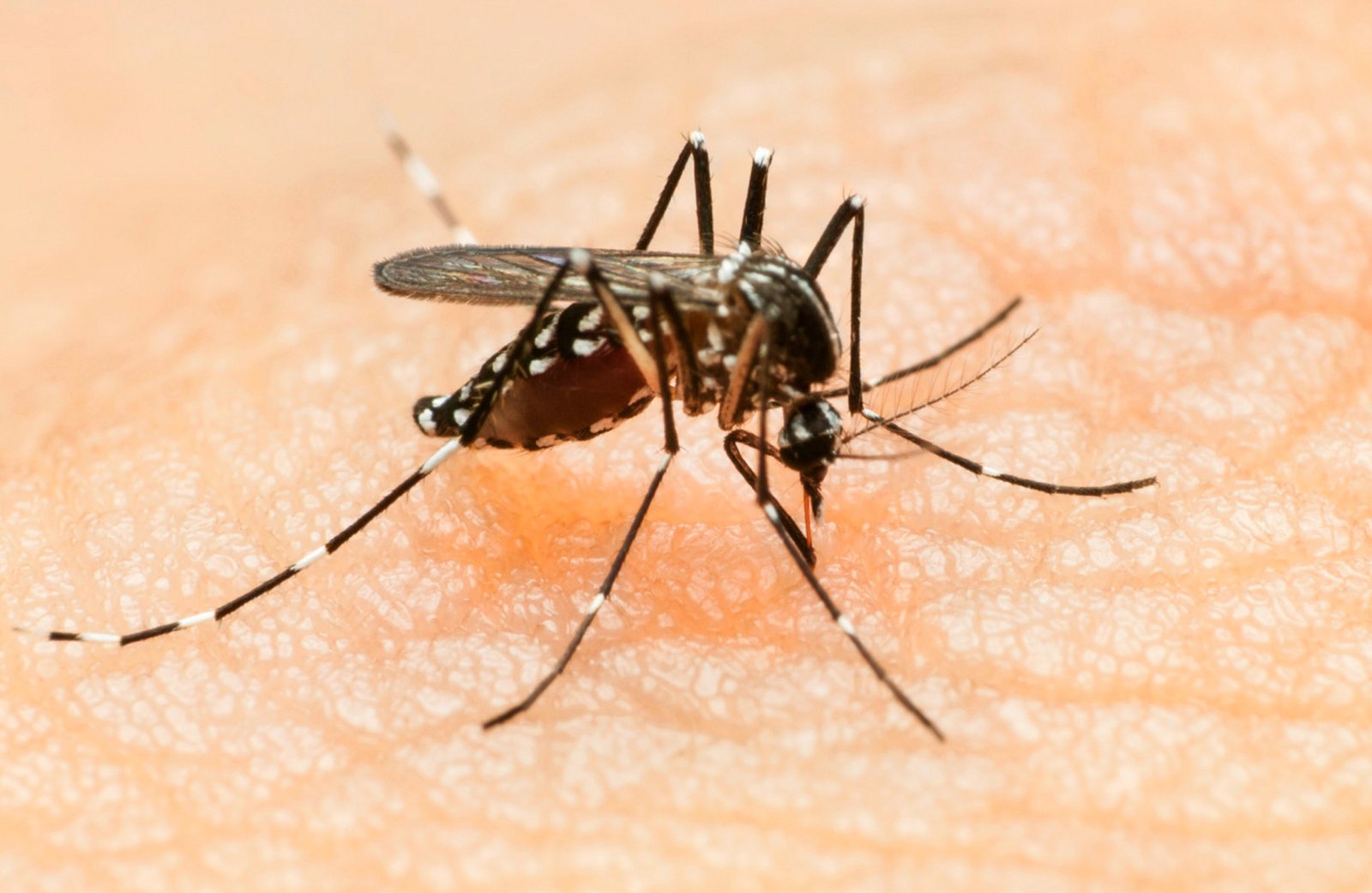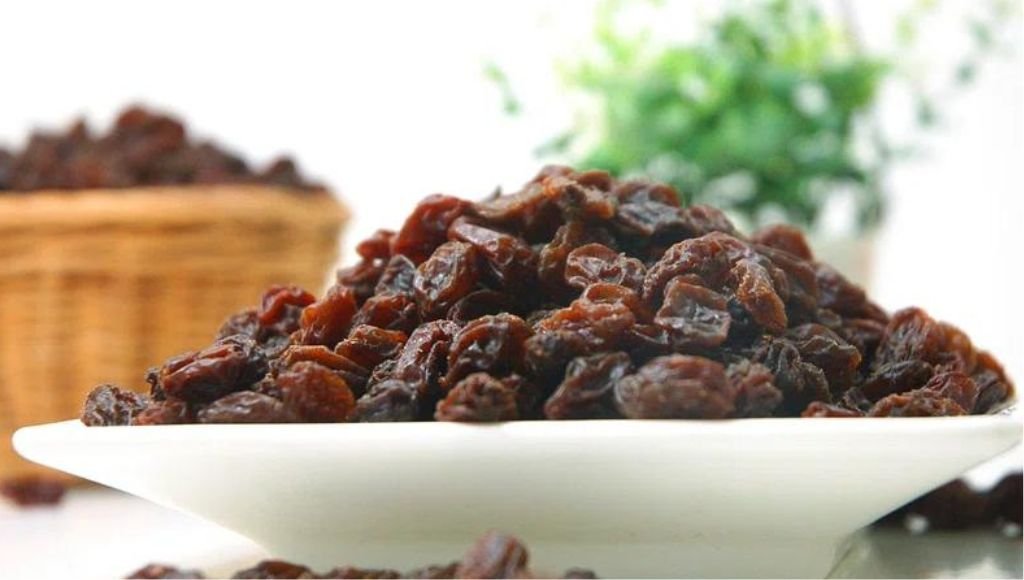On Saturday, August 17, 2024, a story that might surprise you begins with the very snack you probably have in your pantry. Many parents believe fruit snacks are a healthy option, perfect for their children.
After all, the name “fruit snacks” gives off the impression that they must be good for you, right? But don’t be fooled by the packaging. These snacks are rarely as healthy as they seem, and the truth behind them is alarming.
Every parent wants to make sure their kids are eating well. We try hard to balance everything from their social lives to their schoolwork, and part of that balancing act involves ensuring they get a good diet.
We do our best to serve nutritious meals and snacks. However, there are moments when life gets in the way. We might let our kids stay up a bit too late, or we allow them extra screen time to keep them occupied. The most common struggle, though, is choosing convenience over nutrition.
Many parents reach for fruit snacks, thinking it’s a smart option for their kids. These snacks seem like an easy, guilt-free way to make sure children get something that at least appears to be healthy. The bright packaging, fruit-shaped pieces, and claims of “natural flavors” and “vitamins” trick us into believing they’re a great alternative to other sugary treats.
But what are fruit snacks, really? Despite the name, they’re far from a piece of whole fruit. Instead, they are gelatinous, often chewy treats with added fruit flavoring, concentrate, or juice. In many cases, they resemble small oranges, strawberries, or other fruits. However, these pieces contain far more than just fruit. The process typically involves mixing fruit-based ingredients with sugars and various additives. The mixture is then cooked, shaped, and packaged into a convenient snack.
Lisa Young, a dietitian and nutrition expert, explains that fruit snacks are “typically produced by mixing fruit ingredients with sugar and other additives, and are then cooked, shaped, and packaged.” This is where the misleading health claims begin. A snack shaped like fruit and labeled with “real fruit” might seem like a healthy choice, but the reality is different.
Dietitian and nutritionist Shelley Rael, who practices in Albuquerque, New Mexico, mentions that some brands do make fruit snacks with fewer ingredients. These versions may only contain fruit puree, concentrate, a bit of ascorbic acid to keep the snack fresh, and some added sweeteners.
However, other brands go much further. They add thickeners like gelatin, starch, artificial flavors, and even dyes to make the snacks look more vibrant and appealing to children. The final product might look like fruit, but it bears little nutritional resemblance to the real thing.
Are fruit snacks actually healthy? The short answer is no. Barbara Olendzki, a health expert at UMass Chan Medical School, warns that it would be a stretch to call these snacks healthy. In her view, they are more akin to candy than real food.
“They should be thought of as candy,” Olendzki explains. Fruit snacks “don’t generally have the water, natural fiber, or vitamin and mineral content of real fruit.” Instead of helping children meet their nutritional needs, fruit snacks can lead them astray. Kids need the nutrients found in whole fruit to grow, fight off illness, and stay healthy.
That being said, not all fruit snacks are created equal. Some varieties, especially those labeled as “100% fruit,” might offer a few more health benefits than others. However, it’s important to read the nutrition facts carefully.
Some fruit snacks are fortified with vitamins and minerals, which could seem like a plus, but they still lack many of the vital nutrients that come from whole fruits.
Even if a fruit snack is made from 100% fruit, the heavy processing strips it of many essential components like fiber, antioxidants, vitamins, and minerals. Dr. Uma Naidoo, a nutritional psychiatrist at Massachusetts General Hospital, stresses that much of the beneficial fiber and antioxidants are lost during the processing.
This leaves a product that’s more calorie-dense but far less nutritious compared to whole fruit. The result is a snack that can’t provide the same health benefits as eating an apple or a bunch of grapes.
To put things into perspective, consider the nutritional content of a typical fruit snack. For instance, just 15 small pieces of strawberry-flavored fruit snacks contain 90 calories. Meanwhile, it would take around 40 individual strawberries to consume the same number of calories. And the fresh strawberries offer far more in return. They’re packed with calcium, iron, vitamin B6, vitamin A, phosphorus, niacin, and a generous amount of vitamin C. Whole strawberries also provide fiber, protein, and other nutrients that you simply won’t get from a handful of fruit snacks.
Despite the name, fruit snacks often don’t contain much actual fruit. Instead, they rely heavily on fruit juice concentrates, which are loaded with sugars. This sugar content is a significant concern. Some fruit snacks are so high in sugar that eating a single serving can mean consuming more than half your recommended daily intake of sugar.
For example, a popular brand of fruit snacks contains 11 grams of sugar per serving, which amounts to nearly three teaspoons of sugar. To put that in context, a serving of gummy bears has around 14 grams of sugar, making the fruit snacks not much better than candy.
Lisa Young highlights that too much sugar in the diet, especially from sources like fruit snacks, can have serious effects on both children and adults. The sticky sugars can get trapped in teeth, increasing the risk of cavities.
Over time, high sugar consumption can also lead to weight gain and fluctuations in energy levels. Young warns that excess sugar is particularly concerning for kids. Their smaller bodies are more prone to developing cavities, and if fruit snacks become a regular part of their diet, the health risks only grow.
Dr. Uma Naidoo echoes these concerns, noting that the high sugar content in fruit snacks can be addictive. Many people find themselves craving more, leading to overconsumption. This, in turn, can have negative effects on the gut microbiome.
Naidoo explains that the “bad bugs” in our stomachs thrive on sugar and artificial ingredients, creating a vicious cycle of inflammation and poor health. The long-term consequences of this imbalance include fatigue, mood swings, increased stress, and even cognitive decline as we age.
So, are fruit snacks something we should avoid entirely? Not necessarily, according to experts like Rael. The key is moderation. If you carefully choose fruit snacks that are made from 100% real fruit and limit how often they’re consumed, they can be an occasional treat.
However, it’s important to remember that many fruit snacks on the market are just candy in disguise. The word “fruit” on the label can create a false sense of security, making people think they’re making a healthier choice when that’s not always the case.
So parents and consumers should be wary of marketing tricks and always check the ingredient list and nutrition facts before buying fruit snacks. Whole fruit is always the better choice when it comes to nutrition. It provides the fiber, vitamins, and minerals that our bodies need to stay healthy and strong.
Meanwhile, fruit snacks, for all their convenience, should be considered a sugary treat rather than a wholesome part of the diet.
In the end, while fruit snacks can be a convenient option in a pinch, they aren’t the healthy snack many believe them to be. Parents need to be aware of what’s really in these products and make more informed choices. Your children’s health may depend on it.



